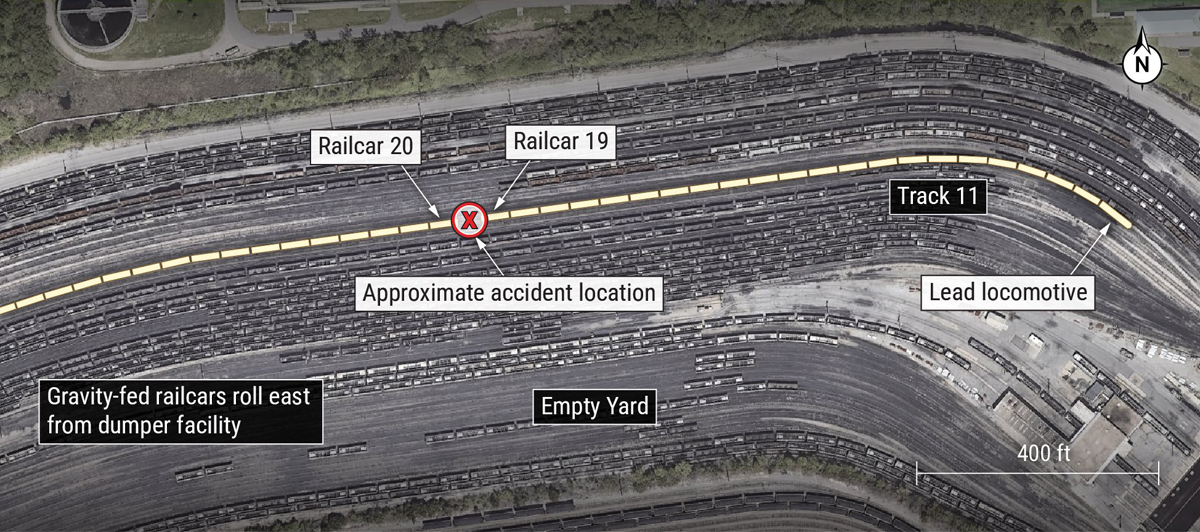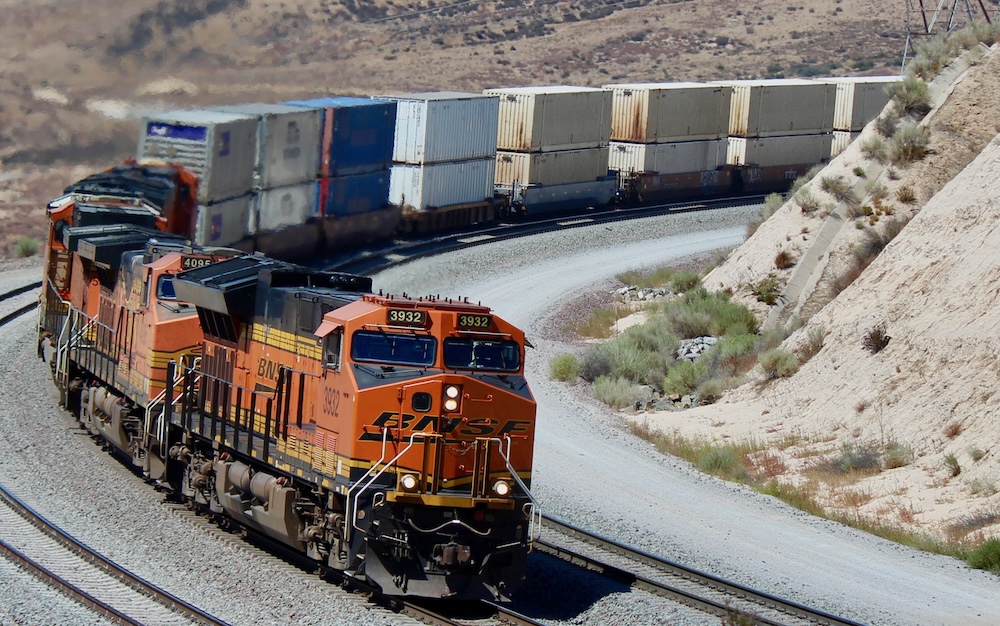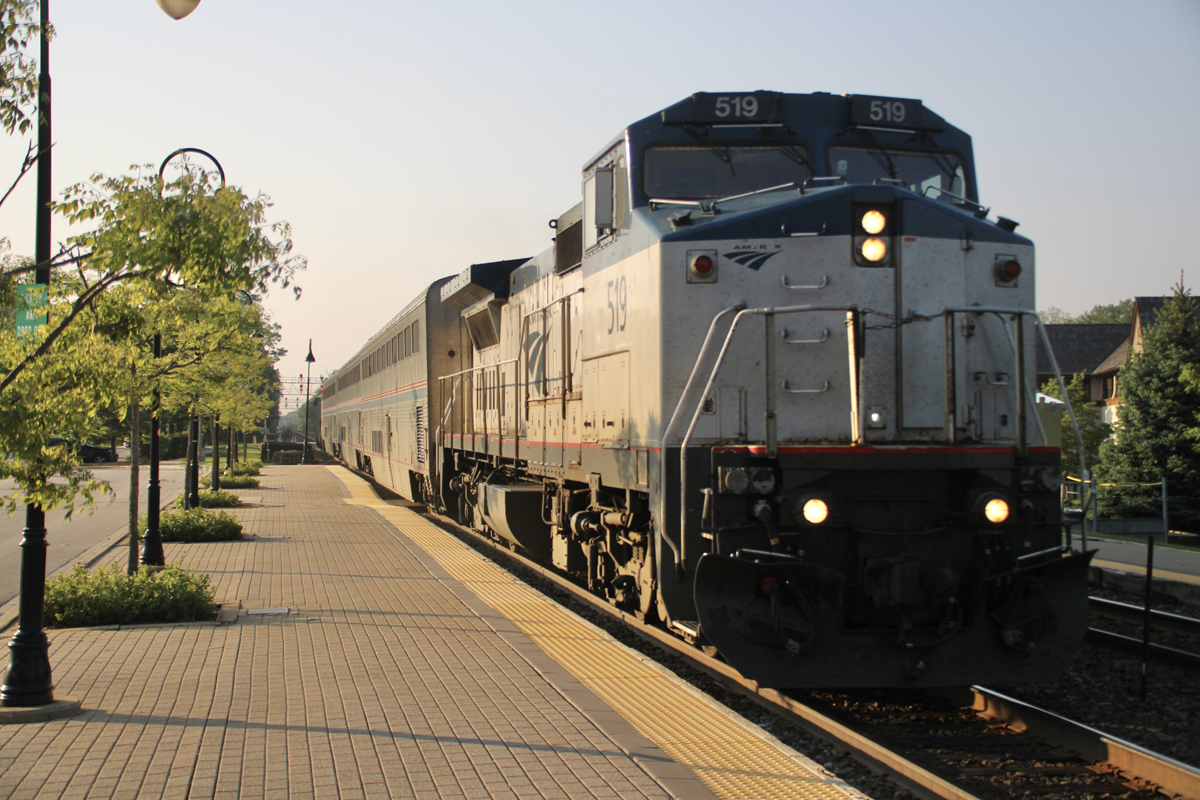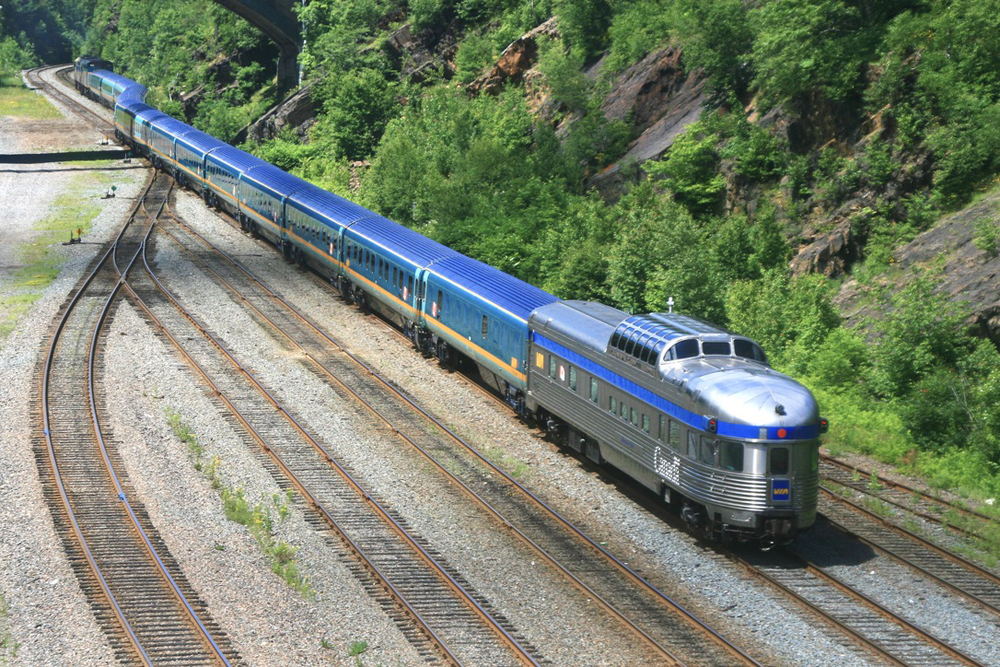“We’re committed to addressing the unmet transportation needs of rural areas, which face unique challenges in safety, infrastructure condition, and passenger and freight usage,” said FRA Administrator Ronald L. Batory. “I encourage all eligible parties to take full advantage of this funding opportunity.”
With funding provided in the Further Consolidated Appropriations Act, 2020, this NOFO will fund up to $311.8 million in freight and passenger rail projects that improve transportation safety, efficiency, and reliability as authorized under the Fixing America’s Surface Transportation Act. Eligible applications for competitive selection include projects that address congestion challenges, highway-rail grade crossings, upgrade short line or regional railroad infrastructure, relocate rail lines, improve intercity passenger rail capital assets, and deploy railroad safety technology.
The CRISI grant program also directs investment to rural America, with at least 25 percent of available funds reserved for projects in rural communities.
FRA will consider how projects support key objectives, including enhancing economic vitality; leveraging federal funding; adopting life-cycle accounting; using innovative approaches to improve safety and expedite project delivery; and holding grantees accountable for achieving specific, measurable outcomes. Preference will be given to projects where the proposed federal share of total costs does not exceed 50 percent.
FRA may also consider geographic diversity; diversity in the size of the systems receiving funding; the applicant’s receipt of other competitive awards; and projects located in, or that support transportation service in, qualified opportunity zones.
In addition, $45 million of the $311.8 million is available for projects eligible under 49 U.S.C. 22907(c)(2) that require the acquisition of rights-of-way, track, or track structure to support developing new intercity passenger rail service routes.
Applications for funding under this NOFO are due 60 days after the date of publication in the Federal Register. Following publication, FRA will offer web-based training and technical assistance for eligible applicants.















I can understand grade crossings, but congestion in rural ares is contradictory. Further, rural areas cannot sustain passenger operations, so this is likely wasted effort. Rather, maybe Amtrak service could be funded more, to support rural areas already on Amtrak’s service route. My position has been to sustain and reinforce present operations before adding novel and inexperienced service. Any thoughts?
“$45 million of the $311.8 million is available for projects eligible under 49 U.S.C. 22907(c)(2) that require the acquisition of rights-of-way, track, or track structure to support developing new intercity passenger rail service routes.”
The Texas Central clause?
Some of that money should go to the California Western Railroad for their tunnel and track repairs.
Looks to me like federal funding will become more and more worthless. One thing is likely. It will be a cold day in hell before the bureaucrats get laid off.
How much of the money will go to consultants, lawyers, and interminable E.I. studies before the first shovel touches ground?
$311.8 million would have been a phenomenal amount in 1920. Highway and airport grants are far more generous in current dollars.
As for rural services, Texas Central is proposing an intermediate station between Houston and Dallas east of the Bryan/College Station area where Texas A&M University is located. However, Texas Central has vowed not to accept government funding.